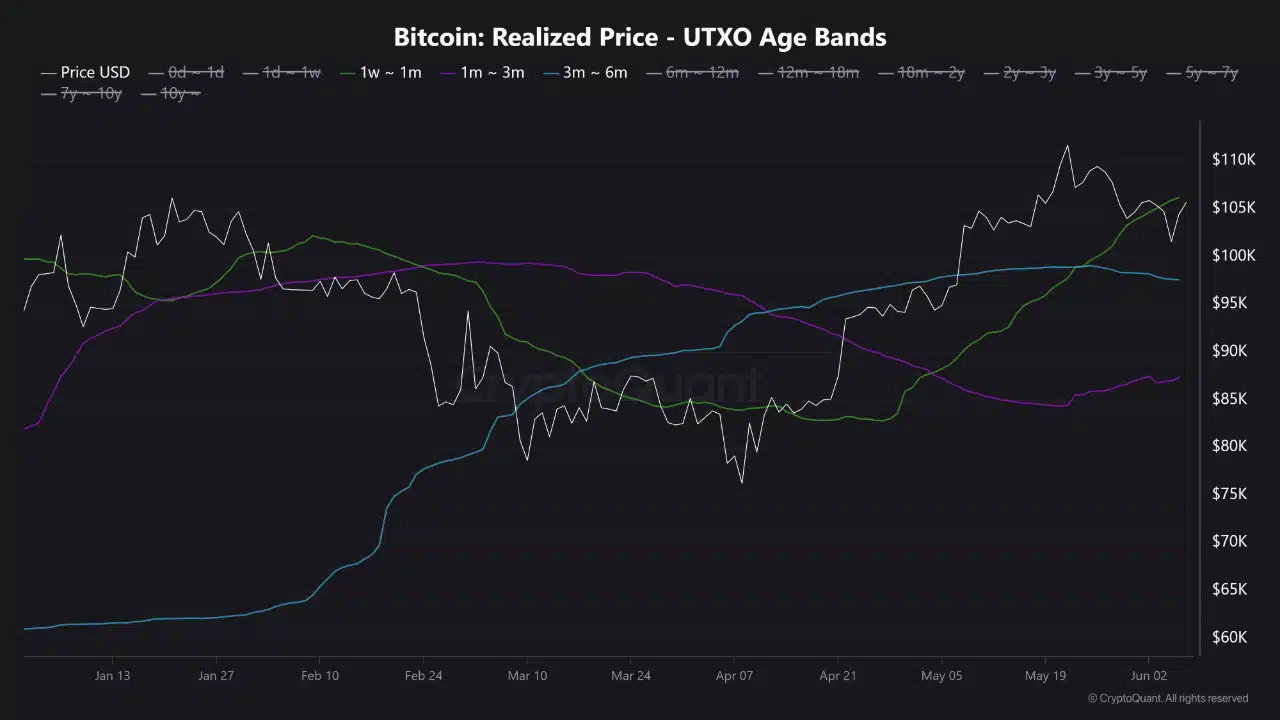Forget Bitcoin Halving Hype—Here’s the Real Catalyst for BTC’s Next Big Move
Bitcoin traders are obsessing over halving like it’s the only game in town—but the smart money’s watching a different signal. While Wall Street analysts drone on about 'supply shocks' (yawn), on-chain metrics and whale accumulation patterns are flashing louder than a Vegas slot machine.
Liquidity, not scarcity, drives markets—and right now, the big players are moving quietly. Retail’s still distracted by the halving circus, but institutional flows don’t lie. When the suits start stacking sats, price follows—economics 101, even if your MBA came from a crypto Twitter thread.
So skip the halving fanfare. The real action? Watch where the money moves when the crypto bros aren’t looking. After all, nothing moves markets faster than greed—except maybe fear when the leverage gets liquidated.

Source: CryptoQuant
Are whales signaling renewed confidence with this inflow-outflow flip?
IntoTheBlock data confirms a major behavioral shift: Large Holder Inflows spiked 254.46% in the past week, while Outflows fell 53.86%.
That’s a strong bullish divergence — showing whales are accumulating and holding, not exiting.
This inverse trend reflects a growing conviction that current prices offer value, especially with BTC consolidating under the $106K ceiling.
This behavior may provide enough liquidity support to reinforce the $97.5K level and potentially flip $106.2K into a breakout zone, provided this whale activity sustains.

Source: IntoTheBlock
Is BTC’s rising NVT ratio a warning sign for overvaluation?
BTC’s NVT Ratio has surged 55.38%, reaching 49.47—highlighting a widening gap between price and network transaction volume.
This sharp uptick suggests the market cap is expanding faster than the actual on-chain usage. Typically, such a divergence implies overvaluation and hints at reduced organic activity.
Of course, NVT spikes don’t guarantee a reversal. But when paired with weakening momentum signals, they often mark exhaustion at the top.

Source: CryptoQuant
Does the stock-to-flow model still hold weight after a 25% drop?
The Stock-to-Flow ratio has dropped 25%, weakening BTC’s scarcity narrative.
As circulating supply dynamics lose influence, traders appear to shift focus toward real-time data like inflows, outflows, and cost basis levels.
This shift reflects a growing skepticism toward halving-driven valuation models, particularly as macro conditions and institutional liquidity play larger roles in price discovery.
Therefore, while stock-to-flow remains a long-term model, its short-term impact continues to fade.

Source: CryptoQuant
Will momentum fade as Bitcoin compresses under critical resistance?
BTC remains trapped between an ascending trendline and the key resistance cluster near $106.2K. This level includes the short-term holder cost basis and the Fibonacci retracement zone.
Moreover, MACD shows signs of fading momentum, with a possible bearish crossover developing.
Together, these factors paint a picture of indecision. If bulls can’t reclaim control above $106K, the price risks falling toward $97.5K.
However, a strong breakout above $106.2K could clear the path toward $110K and beyond.

Source: TradingView
Can BTC break above resistance or will sellers take control?
BTC’s ability to reclaim $106,200 rests on whether whale inflows can outweigh breakeven sell pressure from recent buyers.
Right now, inflows look strong, but momentum is cooling.
If whales keep stacking and NVT stabilizes, a breakout is possible. If not, sellers may find an opening — and the $97,500 level will be tested once more.
Subscribe to our must read daily newsletter

